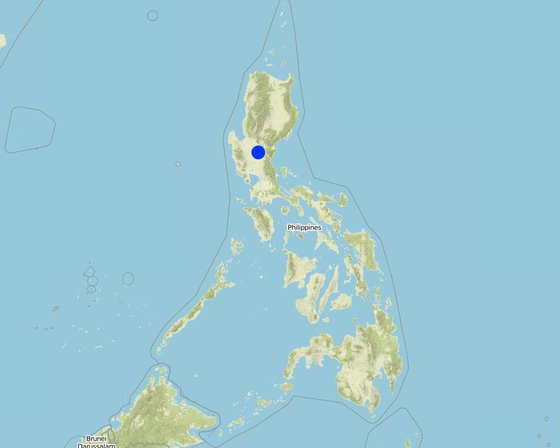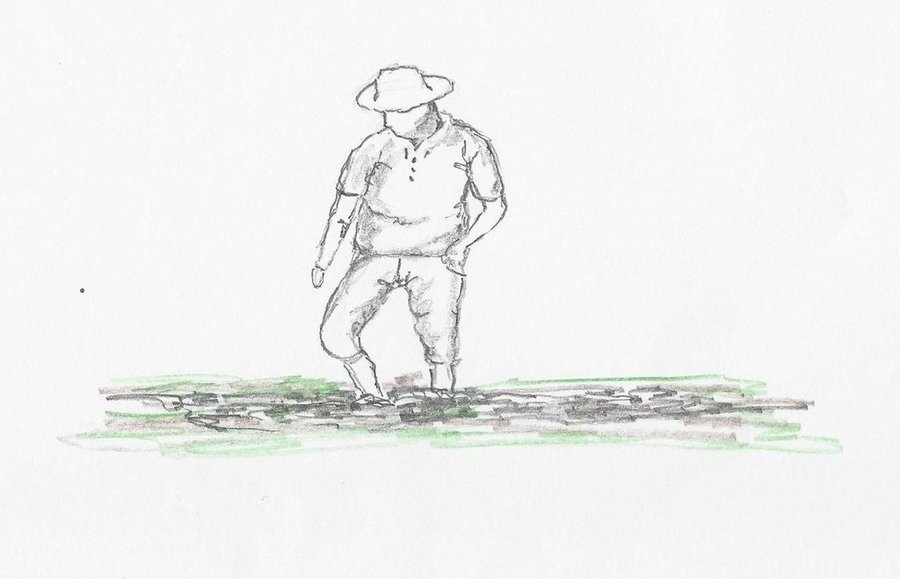



In search of reducing the vulnerability of the small farmers to the uncontrolled price of chemical fertilizer as well as the dependency on the usage of it, the Department of Agriculture through Bureau of Soils and Water Management (BSWM) developed a fertilizer cost reduction strategy by introducing a new composting technology that will produce organic compost as substitute and eventually decrease the utilization of chemical fertilizer. This is called Modified Rapid Composting.
It incorporates a farm residue management wherein the rice straw is scattered evenly in the field as compost material with the aid of fungus activator that hastens the decomposition process as compared to the traditional composting method. The compost fungus activators used are Trichoderma harzianum and/or Effective Microorganism. Eventually, this compost is mixed into the soil during land preparation. When decayed, it increases the supply of nutrients and improves soil structure.
Purpose of the Technology: This technology aimed to establish a cost-efficient, competitive and sustainable agricultural production system. It addresses the concern of soil fertility deterioration through organic based fertilization scheme. Further, it reduces vulnerability of small farmers to the uncontrolled prices of chemical fertilizers. It also prevent the unfavorable farmer’s practice of burning the rice straw. This also serves as a promotional tool for the gradual conversion of rice land from conventional to organic-based farming system.
Establishment / maintenance activities and inputs: Primarily, this technology is applied and incorporated as part of the land preparation activity. Shallow plowing/rotavating is done to flatten down rice stubbles. The rice straw is then scattered in the field. Irrigation is applied at about 2-3cm depth. Soak the rice straw in the field approximately for 12 hours. Drain excess water. Spray Trichoderma harzianum solution prepared by dissolving 3 packs/knapsack sprayer (20 packs/hectare) in early morning or late in the afternoon. Effective Microorganism solution can also be used aside from Trichoderma harzianum. Broadcast at least 12 kg urea to hasten decomposition. Maintain sufficient moisture in the rice paddies during the decomposition period (15-20 days). Proceed with the usual land preparation. Apply 10 bags of vermicast/chicken dung at last harrowing as basal application.
Natural / human environment: It is introduced and currently practiced in the irrigated plain rice production areas in the Philippines such as in Talavera, Nueva Ecija. The soil type in Talavera is clay loam. Mostly, farmer associations, with an average farm size of 1.50 ha, comprising of small-scale to medium-scale land users are engaged to apply this technology in their rice areas during wet (May to October) and dry (December to April) season. The average rainfall ranged from 1500-2000 mm.

Location: Talavera, Nueva Ecija, Philippines
No. of Technology sites analysed:
Spread of the Technology: evenly spread over an area (approx. 0.1-1 km2)
In a permanently protected area?:
Date of implementation: 10-50 years ago
Type of introduction




| Specify input | Unit | Quantity | Costs per Unit (USD) | Total costs per input (USD) | % of costs borne by land users |
| Labour | |||||
| Scattering of rice Straw | Person/day | 10.0 | 2.22 | 22.2 | 100.0 |
| spraying of Effective Microorganism solution | Person/day | 2.0 | 2.22 | 4.44 | 100.0 |
| Fertilizers and biocides | |||||
| Effective Microorganism solution | Liters | 6.0 | 2.222 | 13.33 | |
| Total costs for maintenance of the Technology | 39.97 | ||||
| Total costs for maintenance of the Technology in USD | 39.97 | ||||